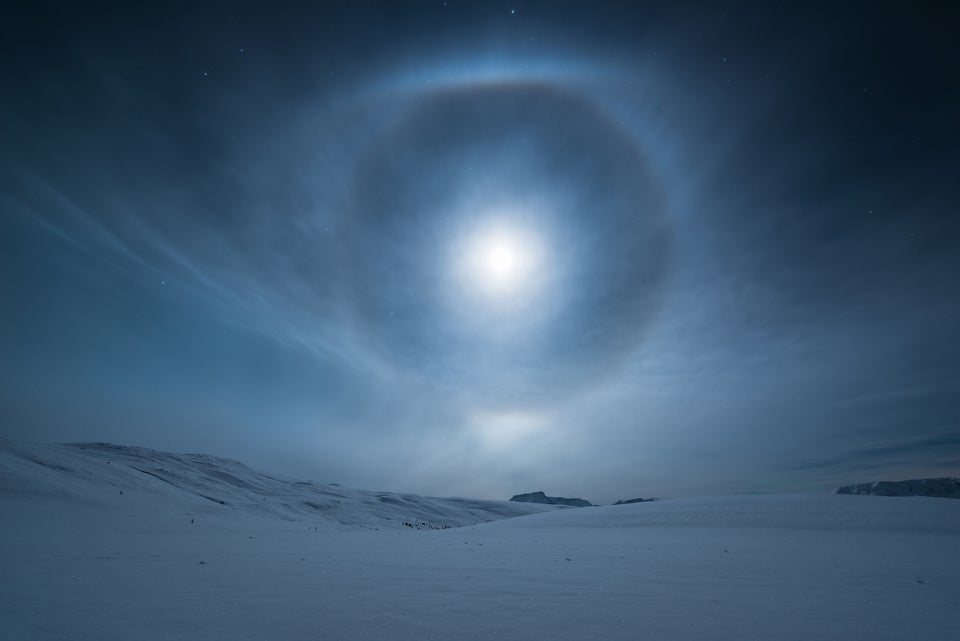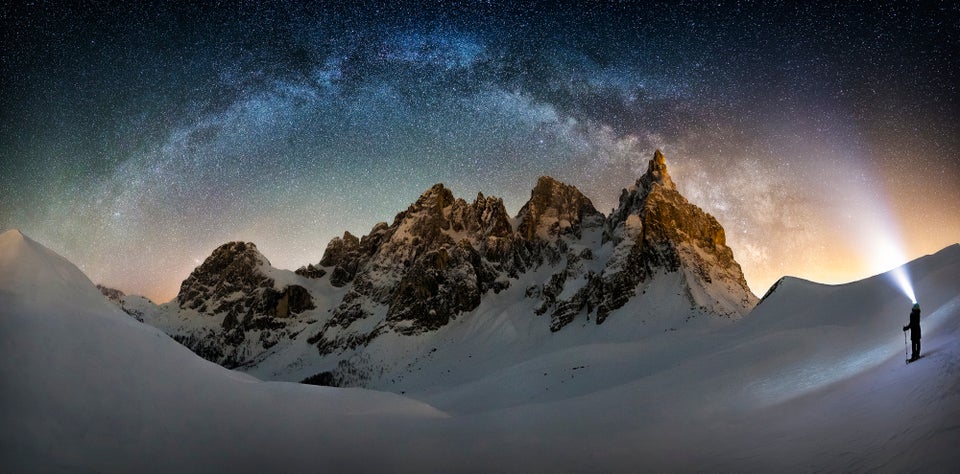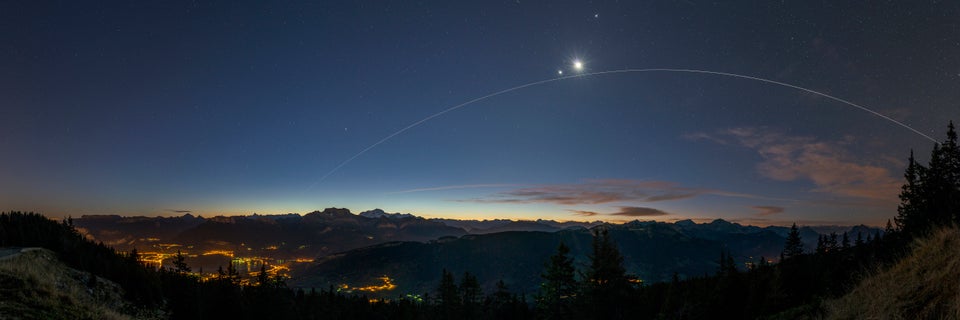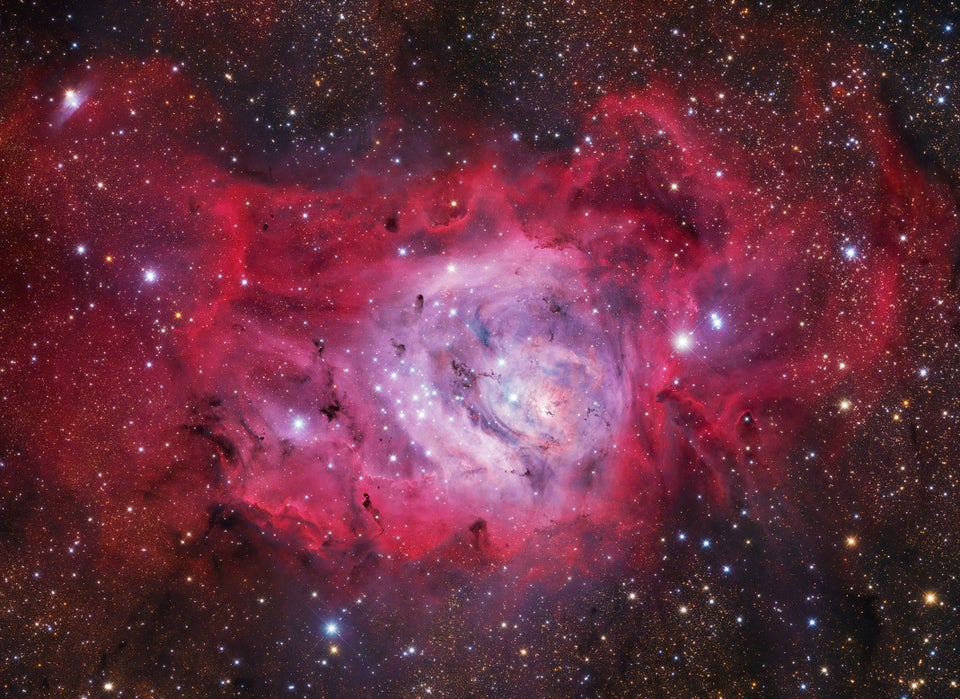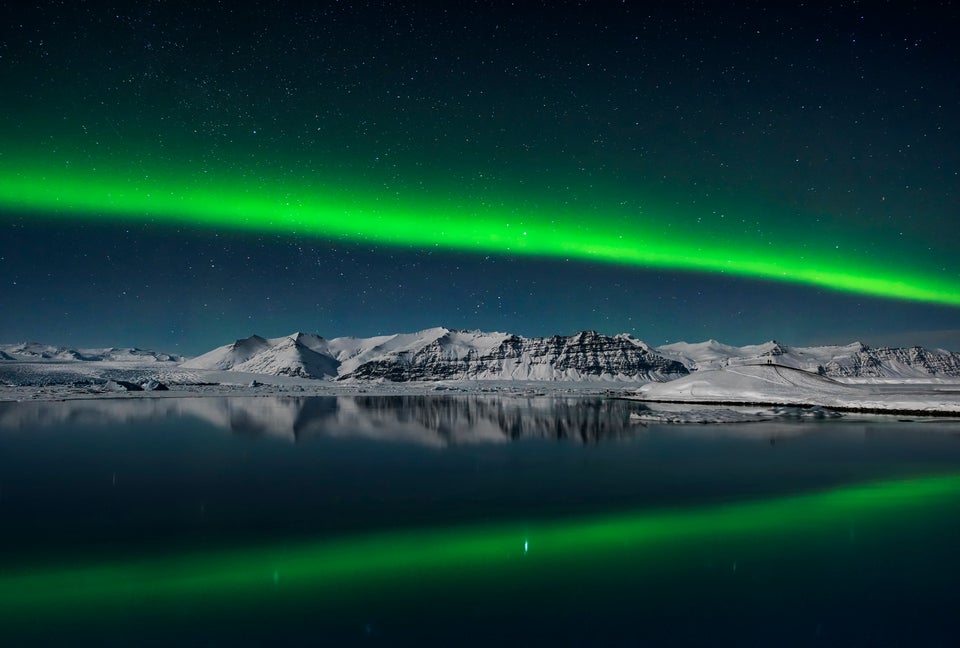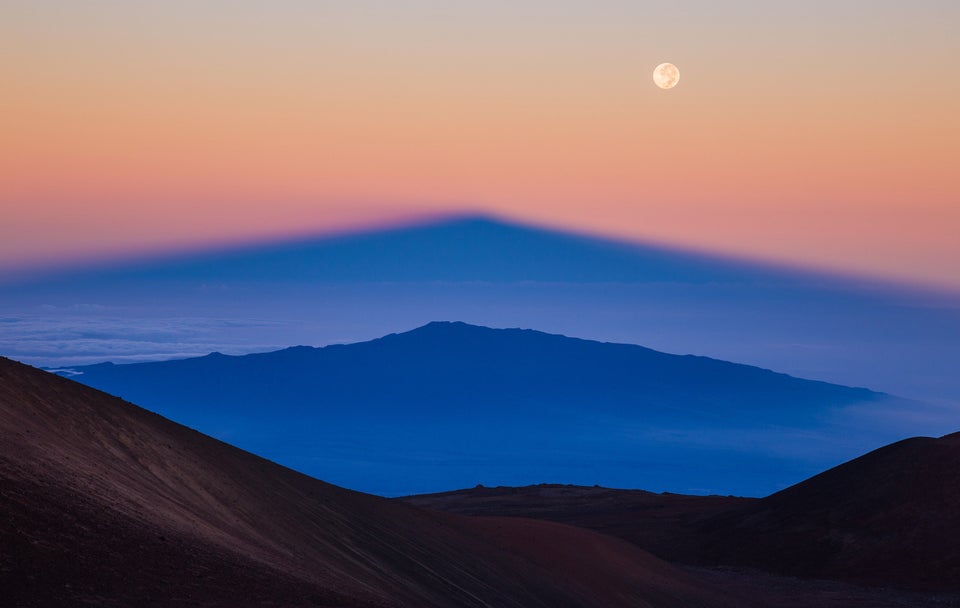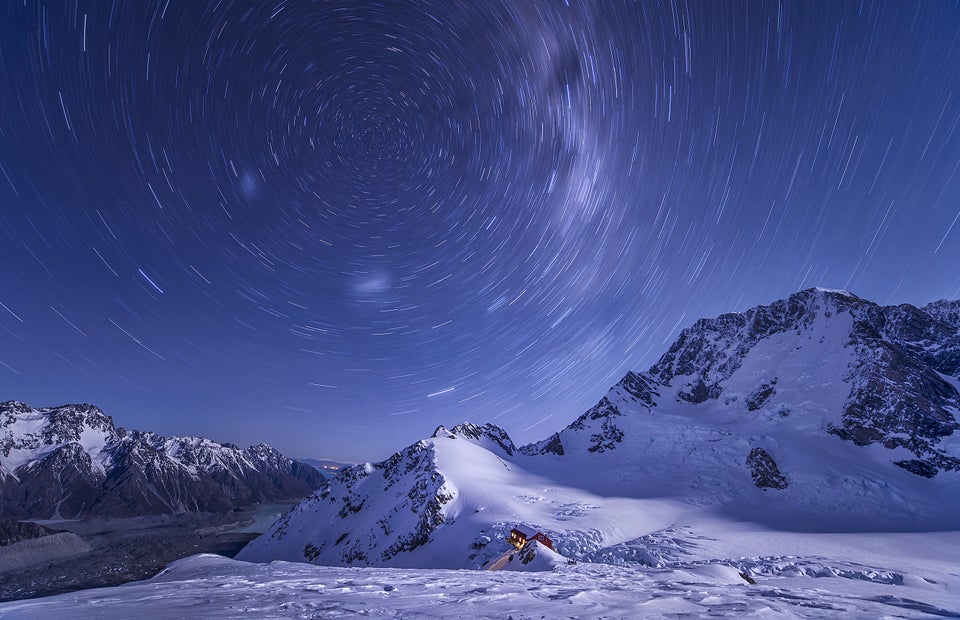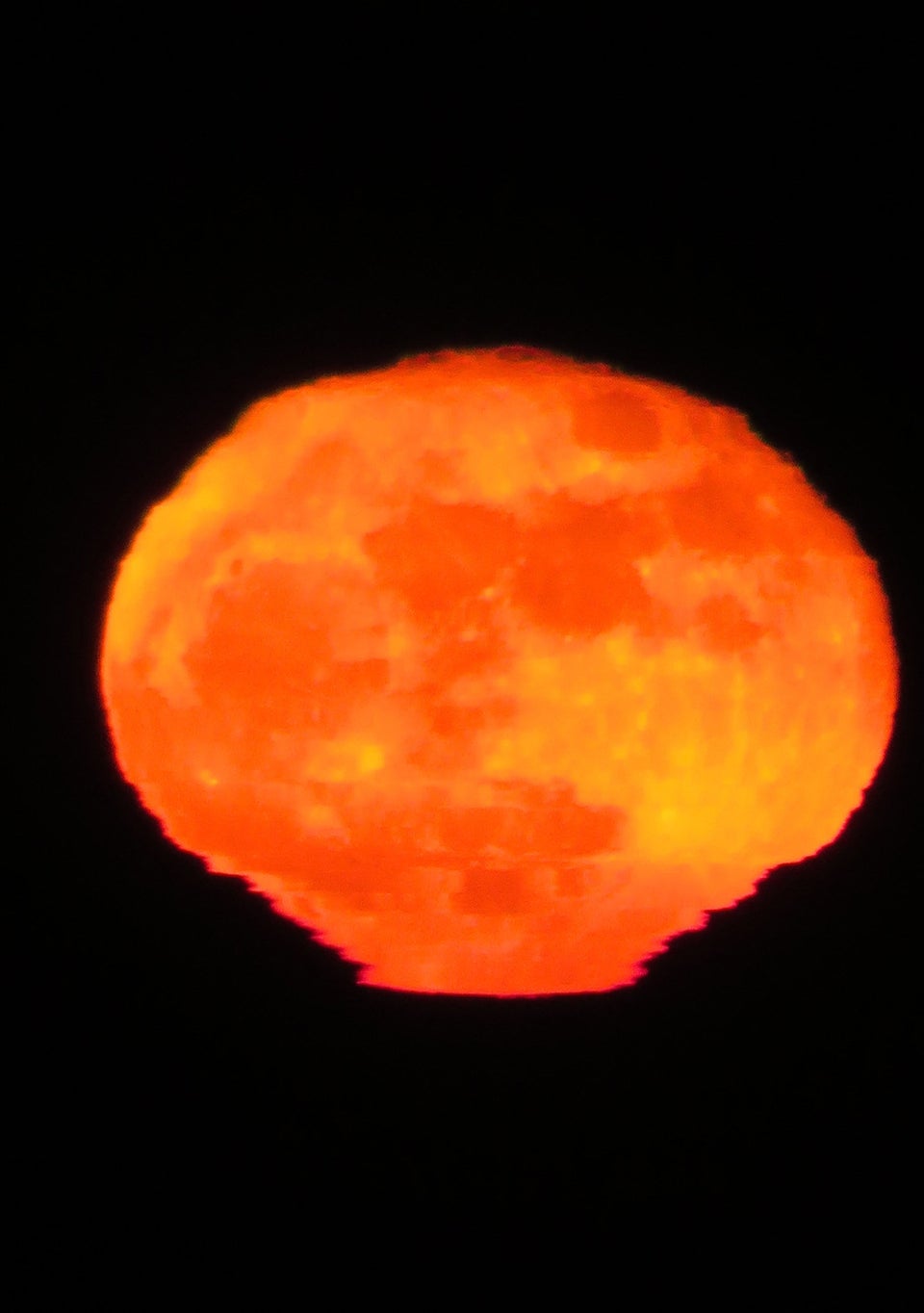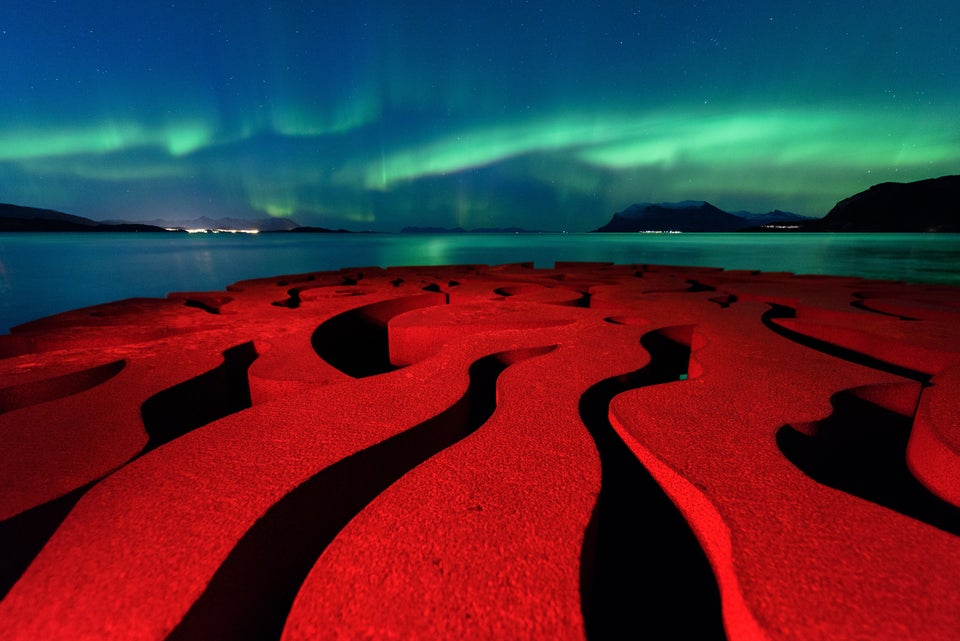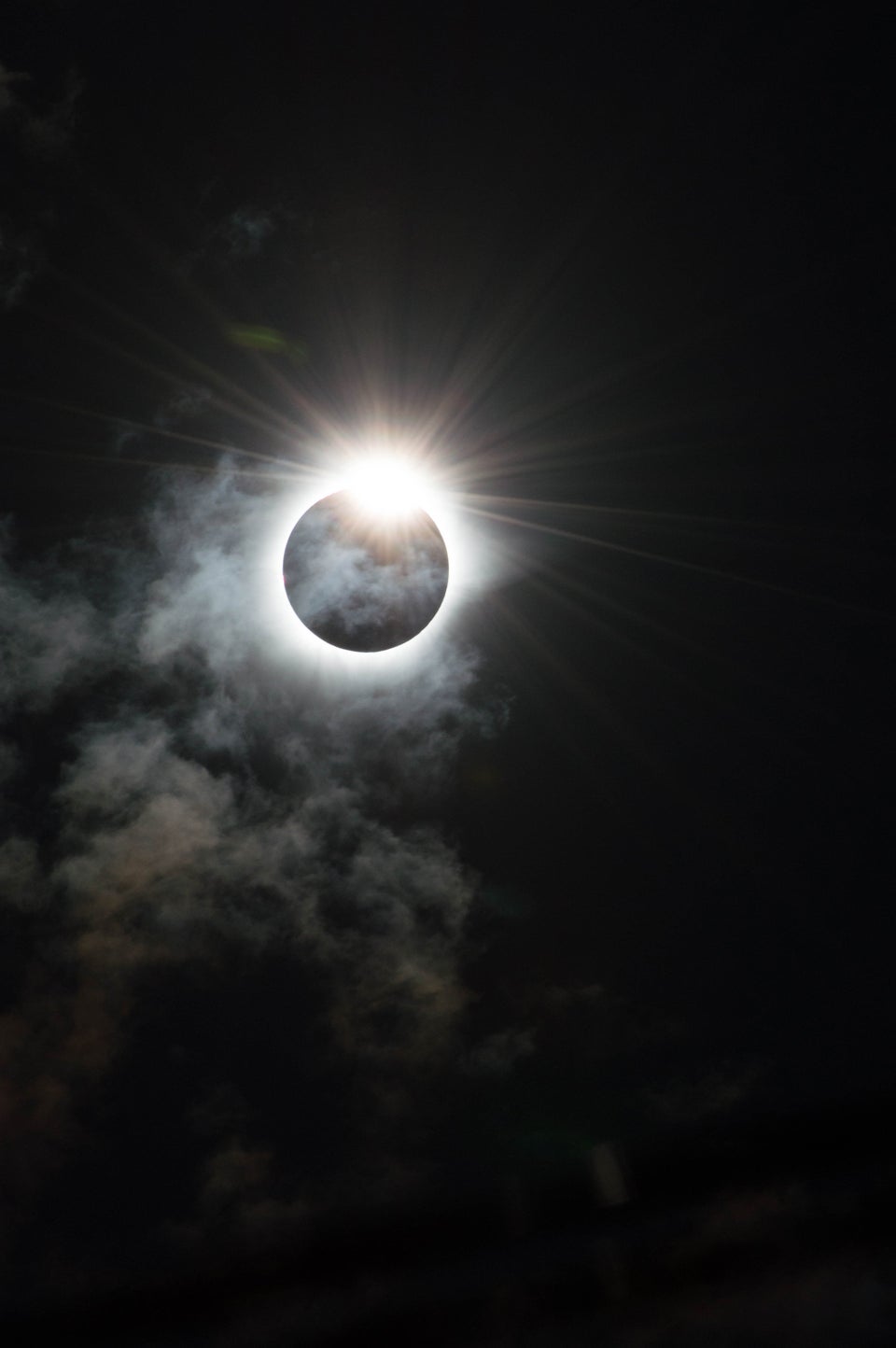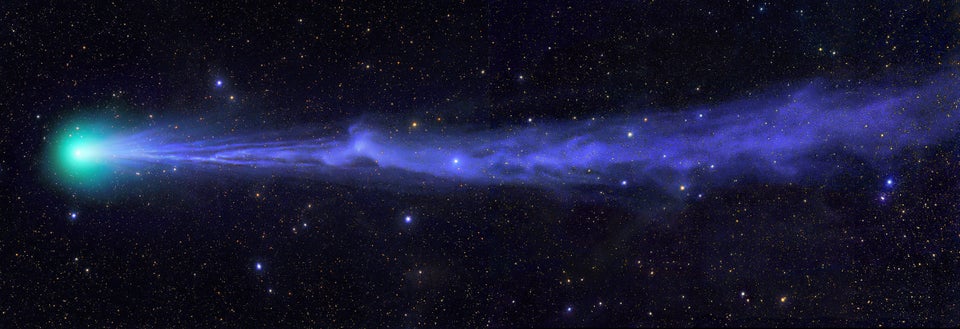The story of the “alien megastructure” star KIC 8462852 has been utterly fascinating and it looks as though even now, the mystery just got a little deeper.
Discovered by Tabetha Boyajian of Yale University, Tabby’s Star has been baffling astronomers thanks to its almost constant flickering.
First believed to be a giant ‘alien megastructure’, the theory was then revised to it being caused by a vast swarm of comets.

A new look at the solar system however has ruled even that theory out, prompting one astronomer to suggest there’s only one explanation left: aliens.
Tabby’s star doesn’t seem to be following any pattern in nature. First believed to be steadily dimming over the last century a fresh analysis shows that in fact the star has been dramatically fading in just the last four years.
First discovered by NASA’s Kepler space telescope, the star system’s odd behaviour was originally explained away as nothing more than the existence of exoplanets passing in front of the star.
This didn’t make sense though, the star’s dimming was by as much as 20 per cent - far greater than would have been caused by any planet.
“"No known or proposed stellar phenomena can fully explain all aspects of the observed light curve."”
While many astronomers tried to explain the mystery it was Jason Wright’s theory that caught the headlines. Wright believed it could be a vast network of structures built by an alien civilisation.
As New Scientist points out, the mystery didn’t end there. Further analysis of the star’s behaviour took place and finally a collection of three distinct behaviours had been detected.
Firstly there was the long and slow decline of light which had been taking place for over 100 years, then there were the huge dips which were first discovered by Kepler, then finally the rapid deterioration which was detected in this latest study.
Despite now knowing how the star is behaving, we’re still none the wiser as to why it’s happening.
As Benjamin Montet and and Josh Simon summarise in their paper: “No known or proposed stellar phenomena can fully explain all aspects of the observed light curve.”
The Astronomy Photographer of the Year 2016 Shortlist:



